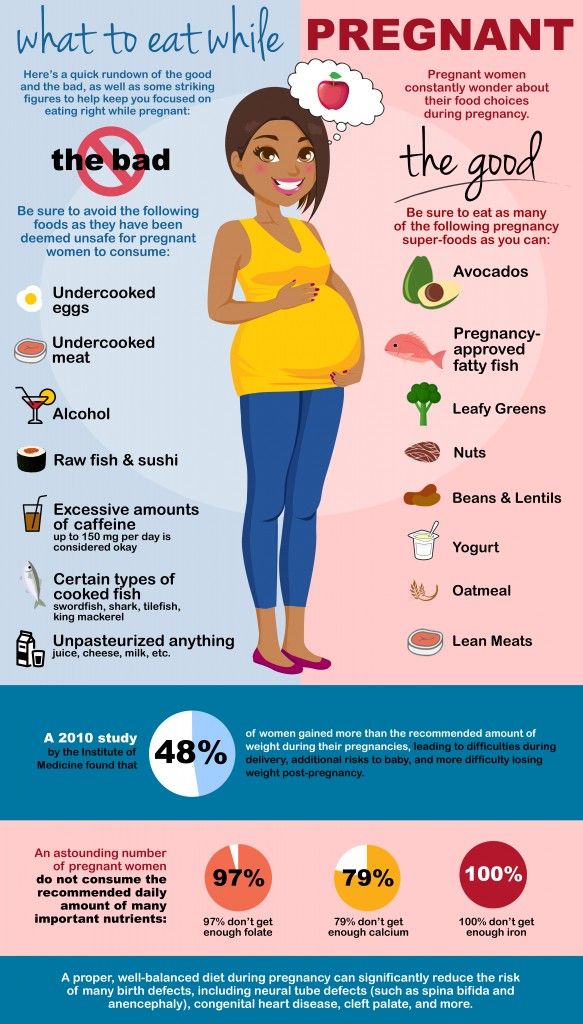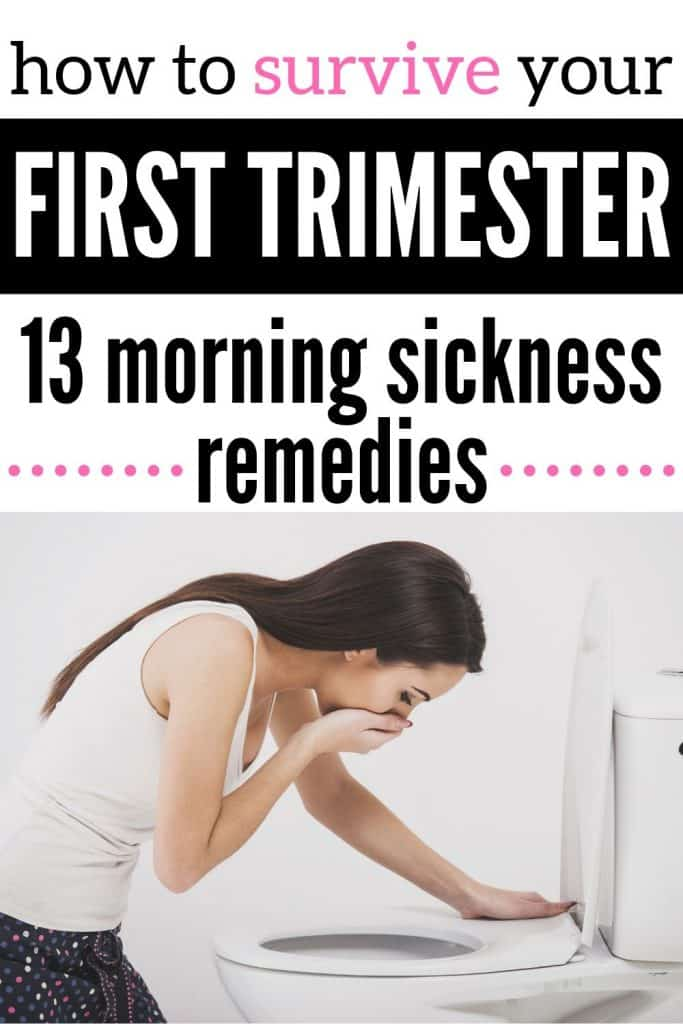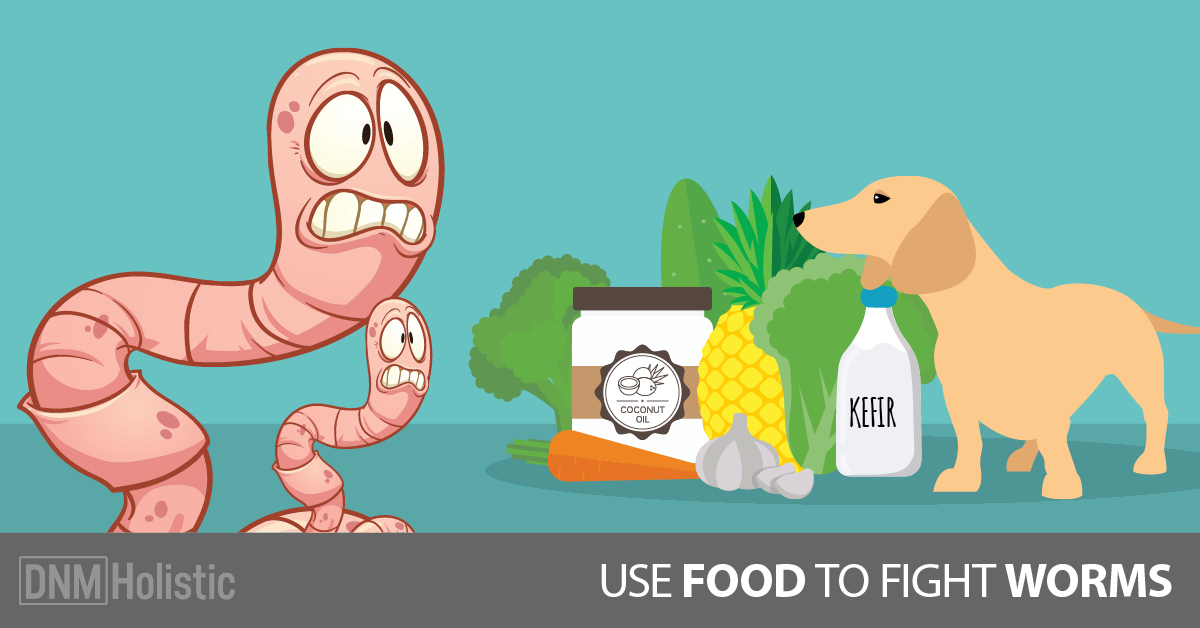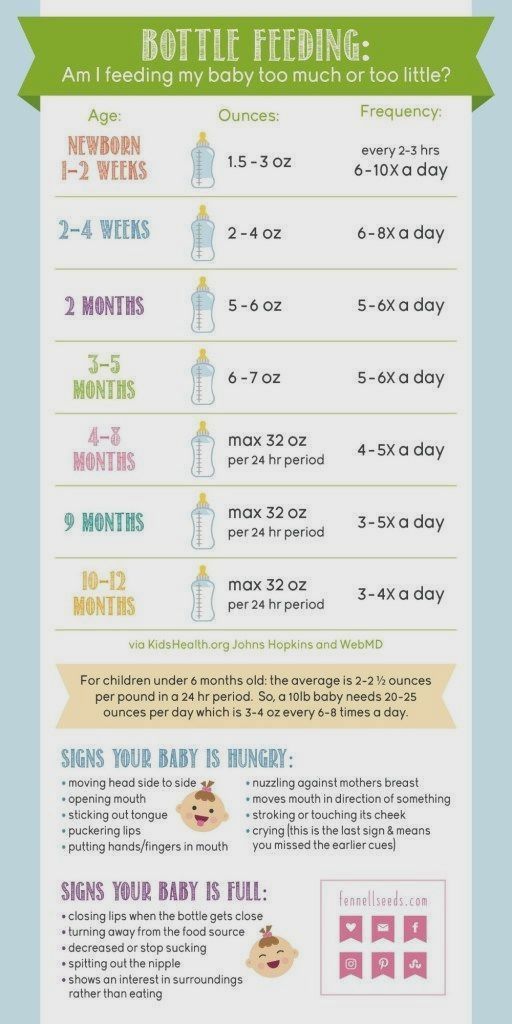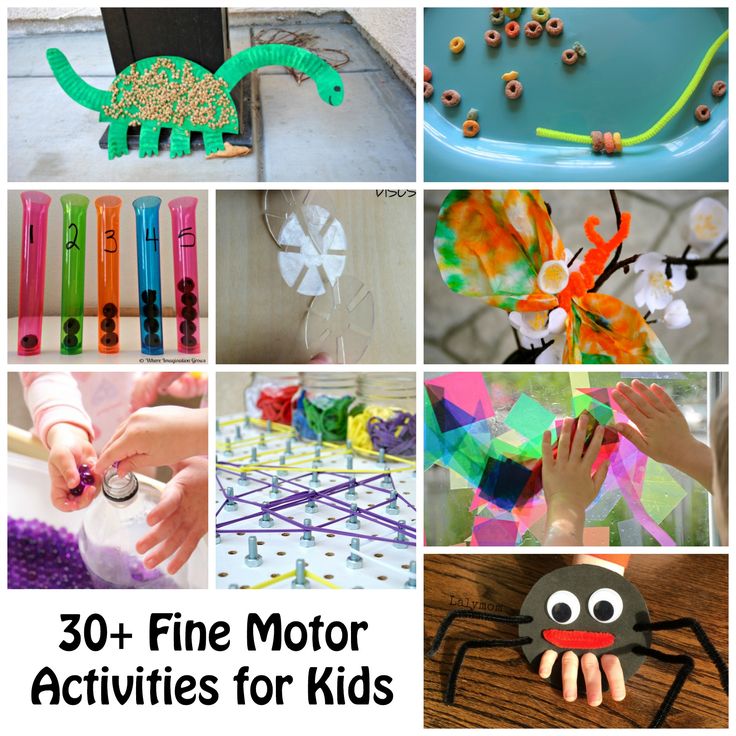Delivery of triplets
vaginally born triplets | AIMS
To read or download this Journal in a magazine format on ISSUU, please click here
AIMS Journal, 2017, Vol 29, No 4
By Rowena Hazell
I had two children, and very much wanted a third child to complete my family. When I finally became pregnant, I started bleeding at about 6 weeks. The bleeding continued, and at 7 weeks I was sent for a scan. I was feeling very sick, which I thought might be a good sign, but the midwife said it might not be. She carefully prepared me that this might be a miscarriage. The sonographer told me that if I was 6 weeks pregnant, we might not see a heartbeat, but that if I was sure of my dates, we should do. I lay on the bed staring hard at the sonographer’s face, looking for clues. Why was the scan taking so long? Why was the assistant leaving the room? Then the sonographer turned to me and said, ‘I didn’t see just one heartbeat. I didn’t see two heartbeats. I saw three heartbeats. ’
I was stunned. I thought so many things … There goes my home waterbirth … I can’t even breastfeed one myself, how am I going to breastfeed three? (I have a condition called insufficient glandular tissue, which limits the amount of milk I can produce) … How are triplets even born, is it one baby then one placenta, or all three babies and then the placentas?
The assistant who had left the scan room had gone to let everyone know the results. On my way out I saw the triage midwife and said to her, ‘I told you I felt REALLY sick!’
When I got home, very bizarrely, on the top of my Facebook newsfeed was a photo of an American mum, breastfeeding her triplets. I reposted the photo without comment, sat and stared at my scan photos, and tried to imagine how this might change things, compared to the single pregnancy I had been hoping for and expecting.
At my first appointment with the multiples specialist, it had sunk in a bit. There was so much information to take in. I was told about survival rates and percentages of babies born at different gestations who would have disabilities.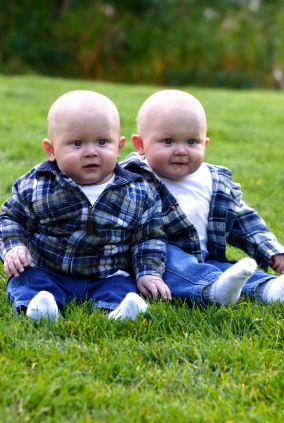 The doctor discussed ‘selective reduction’ (abortion of one or two foetuses) with me, and pushed me to seriously consider this. Even though this was upsetting, I felt it was actually right for the doctor to push me to think about these things because carrying more than two babies makes premature labour – with all the risks for the babies – highly probable. So you do have to consider whether one baby on its own would have a better chance for a good outcome.
The doctor discussed ‘selective reduction’ (abortion of one or two foetuses) with me, and pushed me to seriously consider this. Even though this was upsetting, I felt it was actually right for the doctor to push me to think about these things because carrying more than two babies makes premature labour – with all the risks for the babies – highly probable. So you do have to consider whether one baby on its own would have a better chance for a good outcome.
Maybe I might have felt differently if I had ‘done something’ to conceive triplets, if I’d had IVF for example. But in my head, my body had got pregnant with three babies naturally, so after consideration, it felt like the right choice was to let nature take its course, and continue the pregnancy with all three babies. However, I worried about whether I would be as pressured at all appointments, so I took a friend who was a student midwife with me to the next appointment to tell the specialist my decision. I was pleasantly surprised to find that the pressure had simply been to consider the issues, and that my decision was accepted and supported.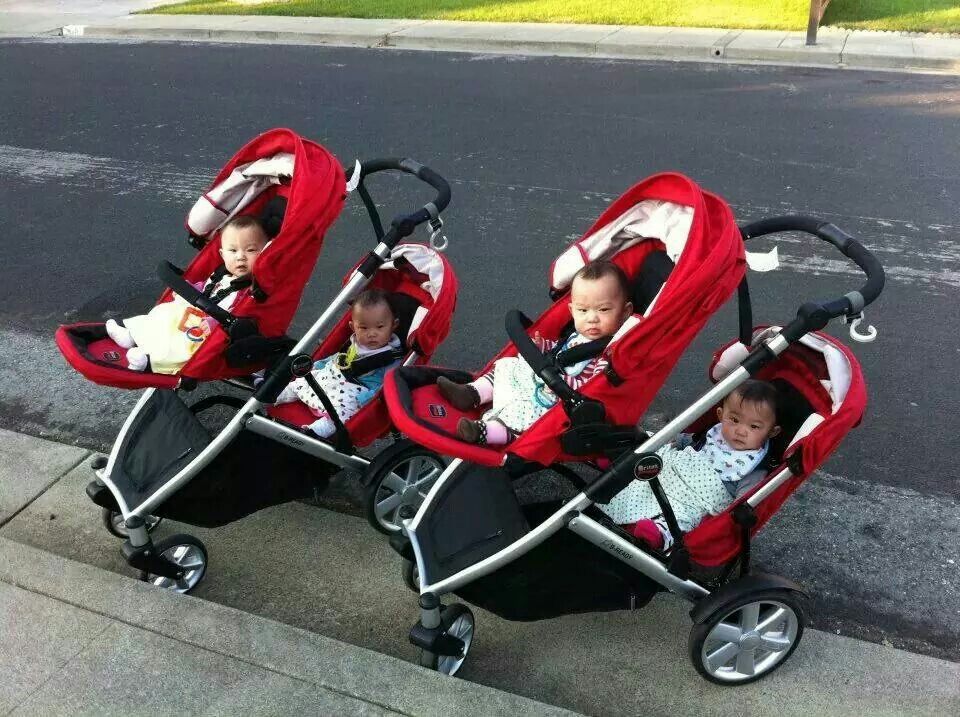
Planning three births
My birth plan caused more controversy though. The hospital had quite a lot of experience of caring for women who vaginally birthed their twins, which gave me some confidence. But conceiving triplets is rare, and birthing them vaginally is even rarer. I arranged a birth planning meeting with the Head of Midwifery, because the multiples specialist told me that although he would ‘support’ my choice to birth vaginally, he himself does not cover Labour Ward, and so could not be involved at all really with the delivery.
The Head of Midwifery arranged for a Labour Ward obstetrician to come to our meeting also. They began by discussing external holding – this is where the second baby in a twin birth is held in a head-down position by a midwife with her hands on the woman’s tummy after the birth of the first twin. They said that they were not sure whether this was a good idea with a triplet birth, so they had Googled it, and found some information from Australia, which said this was not helpful for the birth of the second baby in a triplet birth.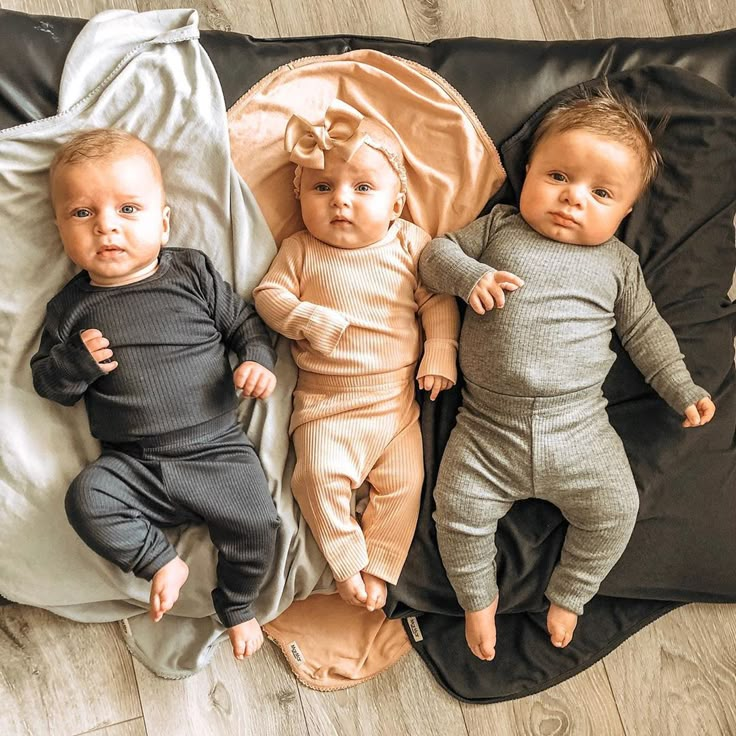 The fact they had had to Google it amused me.
The fact they had had to Google it amused me.
The Multiples Consultant had strongly advised me that I should have a ‘just-in-case’ epidural. A big concern with the birth of multiples is that once the first baby is out there is a lot of room for the others to get into different positions. This is why they do the external holding – but with a triplet birth this may be less safe, because you don’t know which baby is going to be born next, and it is less clear which limbs belong to which baby. If the next baby does get in the wrong position, for example a transverse position, then an internal version would be needed. This literally involves the obstetrician putting their hand inside the womb to turn the baby. It is very painful, hence the argument for the just-in-case epidural. That was quite a scary decision – ‘What happens if the next baby does get in the wrong position?’ I asked. They told me they would use a hand-held Doppler scanner to check the second and third babies’ positions, so it wouldn’t be undiagnosed, but an internal version would be needed immediately.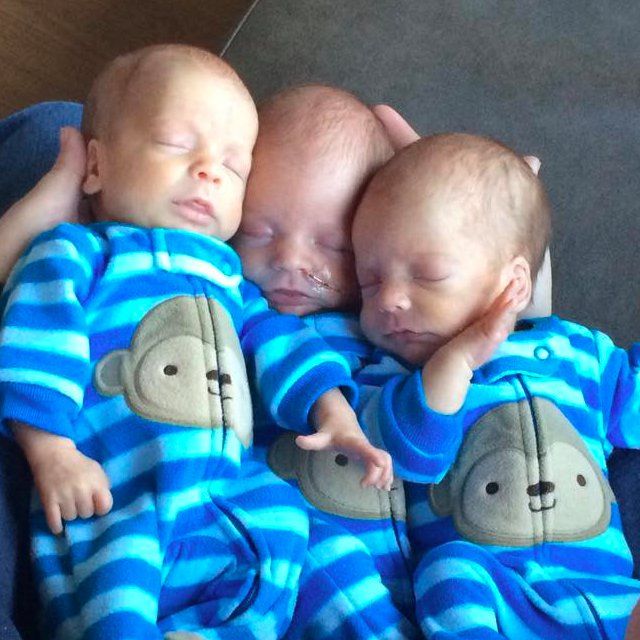 I asked the obstetrician if she had ever performed an internal version (it sounded so strange). She said she had, most of them with epidurals in place, and once without, which was more difficult but still doable. That was reassuring. When I got home, I found someone online who had had an internal version without an epidural. She said it was very painful, but it was very fast. The internal bruising lasted much longer, and was more significant, and of course once the epidural wore off I would feel that anyway. I decided that I would not have a ‘just-in-case’ epidural, and would take my chances and deal with an internal version if it was needed.
I asked the obstetrician if she had ever performed an internal version (it sounded so strange). She said she had, most of them with epidurals in place, and once without, which was more difficult but still doable. That was reassuring. When I got home, I found someone online who had had an internal version without an epidural. She said it was very painful, but it was very fast. The internal bruising lasted much longer, and was more significant, and of course once the epidural wore off I would feel that anyway. I decided that I would not have a ‘just-in-case’ epidural, and would take my chances and deal with an internal version if it was needed.
From breastfeeding my previous two children, I know that I have a rare condition called insufficient glandular tissue (IGT), where my breasts literally cannot make enough milk for my baby. Three babies were definitely going to need more milk than I could produce, but I wanted that milk to be breastmilk. This was especially important to me as my babies were very likely to be premature, and breastmilk can save the lives of premature babies.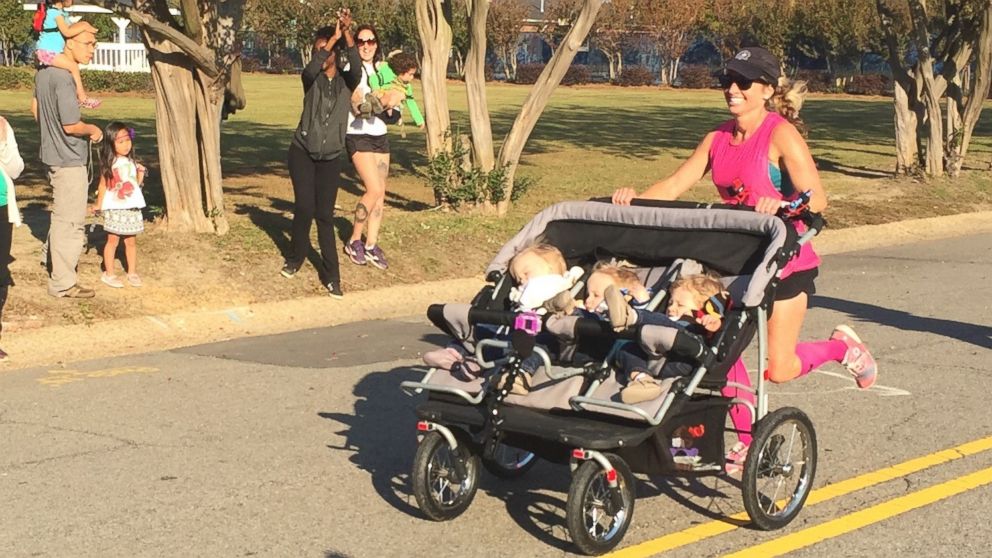
I had managed to start collecting donor milk, together with antenatal blood tests, from the women who had donated their milk to me. I knew that, despite the antenatal screenings (as close as possible to UK Association of Milk Banks’ standards), it would be problematic to get the hospital to agree to using donor milk, and if I refused formula for my babies, it could result in a swiftly obtained court order giving the hospital shared Parental Responsibility, and then they would give them formula anyway. I discussed this with the Head of Midwifery. She got a Neonatal Intensive Care Unit (NICU) nurse to call me at around 20 weeks to discuss a plan. The NICU nurse was not helpful. She refused to make a plan with me, and disbelieved that I had IGT. She told me that I was upsetting myself over nothing, and that if I gave birth prematurely it would be my fault for upsetting myself about nothing. I did more research and found:
- Milk Banks in Norway have used and distributed unpasteurised milk for many years, without incidence of infection.
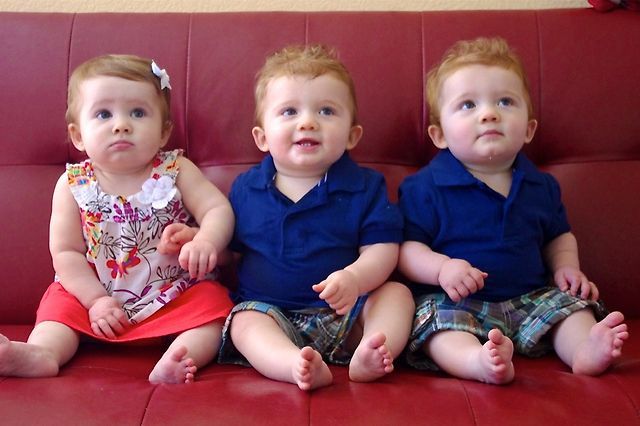
- Medical papers describing how premature babies who are given formula are at much higher risk from necrotising enterocolitis – a condition which is often fatal.
- A study published in the Lancet, for babies given pasteurised and unpasteurised human milk. In the group with mixed formula and pasteurised human milk, the infection rate was 33%. For the group given only pasteurised human milk, the infection rate was 14%. The group given mixed formula and unpasteurised human milk had an infection rate of only 16%. And for the group given unpasteurised milk, it was only 11%.
- In the Czech Republic, mothers with excess milk are encouraged to donate directly to mothers who need milk, and are talked through the benefits and risks. They sign a form to attest to this.
I emailed all this information (and more) to the Patient Advice and Liaison Service (PALS), who sent replies from the Trust Solicitor, refusing to allow me to use unpasteurised privately sourced donor milk.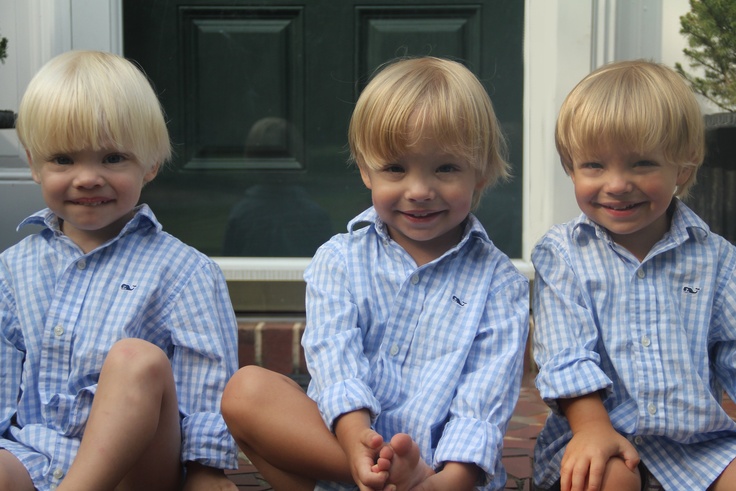 I offered to sign a disclaimer, and pointed out that the antenatal screening the women had had was in line with the UK Association of Milk Banks policy for donor milk. I also offered to pay for pasteurised donor milk from a Milk Bank. The reply was still no. Eventually the Head of Midwifery stepped in to help me make a plan. She was happy to use pasteurised donor milk from a Milk Bank, and told me that they had reserved some milk especially for my triplets, which I was delighted about.
I offered to sign a disclaimer, and pointed out that the antenatal screening the women had had was in line with the UK Association of Milk Banks policy for donor milk. I also offered to pay for pasteurised donor milk from a Milk Bank. The reply was still no. Eventually the Head of Midwifery stepped in to help me make a plan. She was happy to use pasteurised donor milk from a Milk Bank, and told me that they had reserved some milk especially for my triplets, which I was delighted about.
There were also difficulties with my birth plan because I felt strongly about delayed cord clamping. Because my babies were likely to be premature and therefore low birth weight, I felt they needed every drop of their blood. However, when multiple babies share a common placenta, there is a risk of ‘twin-to-twin transfusion’ – where the baby (or babies) still inside the womb receive too much blood from the baby who has been born. This can be very damaging and even fatal to the baby who receives too much blood. The Multiples Specialist said that for this reason, current hospital policy was to ‘not allow’ delayed cord clamping, because they had had one case of twin-to-twin transfusion syndrome occur suddenly at birth. Scans showed that my triplets each had separate placentas (trichorionic), but the Multiples Specialist said that there was a 10% chance of the scans misdiagnosing the placentas as being separate. Therefore I could not have delayed cord clamping, because there was still a tiny chance it might harm the babies.
The Multiples Specialist said that for this reason, current hospital policy was to ‘not allow’ delayed cord clamping, because they had had one case of twin-to-twin transfusion syndrome occur suddenly at birth. Scans showed that my triplets each had separate placentas (trichorionic), but the Multiples Specialist said that there was a 10% chance of the scans misdiagnosing the placentas as being separate. Therefore I could not have delayed cord clamping, because there was still a tiny chance it might harm the babies.
In the UK, all decisions are the mother’s until the baby is born because the baby is not considered a separate entity until the moment of birth. This means a hospital cannot overrule any decisions a woman makes about her body before a baby is born. However, as soon as a baby is born, a hospital has a duty of care to that baby. In a multiple birth, decisions about a baby who is born can affect a baby who is not, and vice versa.
The Trust Solicitor was contacted again, this time by the Multiples Specialist. He eventually confirmed that I had the right to insist on delayed cord clamping, but only because the potential harm is to the baby or babies still in the womb. Therefore I was legally allowed to make a decision about the baby who was born, that was potentially harmful to the unborn babies, because the Trust’s duty of care was only to the baby who was already born. It sounded slightly ridiculous to me that I was allowed to potentially cause harm to my unborn babies. But actually, sudden onset at birth twin-to-twin transfusion syndrome is quite rare even in twins who do share a placenta, and the Multiples Specialist calculated that even with the 10% chance of every scan being wrong, the actual risks were around .001%, and so I was quite confident this was a decision that was in my babies’ best interests, rather than one that would harm them. [AIMS note: TTTS in pregnancy is discussed in this article, but in this case, Rowena is referring to TTTS during birth. More information on this is available from TAMBA (link: https://www.
He eventually confirmed that I had the right to insist on delayed cord clamping, but only because the potential harm is to the baby or babies still in the womb. Therefore I was legally allowed to make a decision about the baby who was born, that was potentially harmful to the unborn babies, because the Trust’s duty of care was only to the baby who was already born. It sounded slightly ridiculous to me that I was allowed to potentially cause harm to my unborn babies. But actually, sudden onset at birth twin-to-twin transfusion syndrome is quite rare even in twins who do share a placenta, and the Multiples Specialist calculated that even with the 10% chance of every scan being wrong, the actual risks were around .001%, and so I was quite confident this was a decision that was in my babies’ best interests, rather than one that would harm them. [AIMS note: TTTS in pregnancy is discussed in this article, but in this case, Rowena is referring to TTTS during birth. More information on this is available from TAMBA (link: https://www.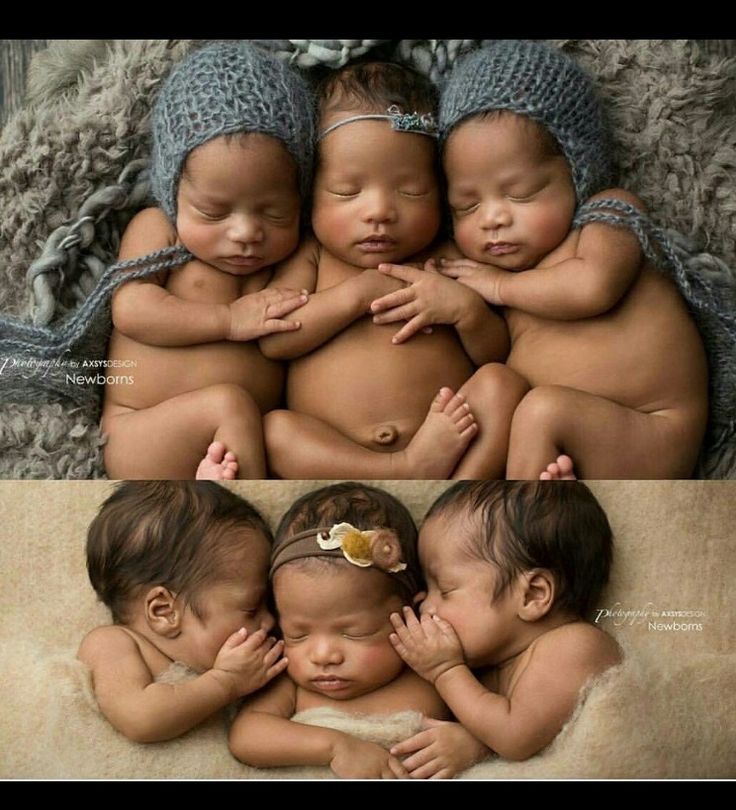 tamba.org.uk/file/TTTS-Guide.pdf).]
tamba.org.uk/file/TTTS-Guide.pdf).]
At the meeting, both the Head of Midwifery and the Labour Ward Obstetrician supported my decision not to have continuous monitoring. With a triplet birth, I would have had bands around me for two babies, and one for my contractions, and then a scalp monitor for the third baby. In previous labours I had found any clothes really distracting and uncomfortable, so the thought of several bands round my tummy, and a scalp monitor, was not appealing. Cardiotocography (CTG) monitoring is also notorious for raising false alarms, leading to unnecessary interventions. The Head of Midwifery fully documented my birth choices, including no ‘just-in–case’ epidural, that I was not having CTG monitoring, and that I wanted to be in water for the first stage of labour, so I didn’t really need to write a birth plan. This then ensured that whichever midwives and obstetricians were on shift when I went into labour would know that my choices were informed choices, and would be less twitchy about them.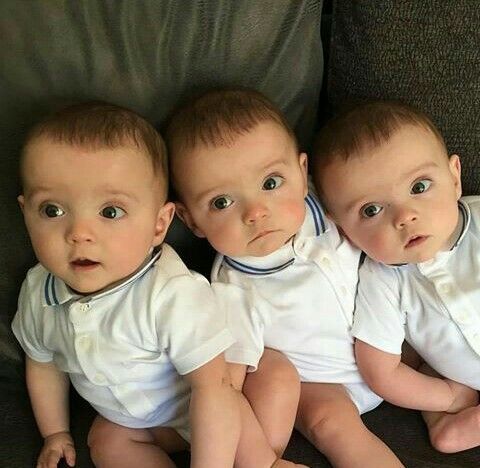 My friend later told me that the Head of Midwifery had previously been an independent midwife with experience of twin homebirth. I felt lucky – she was the perfect person to be supporting me. It now felt like my plans were all in place, and I could enjoy the last few months of pregnancy.
My friend later told me that the Head of Midwifery had previously been an independent midwife with experience of twin homebirth. I felt lucky – she was the perfect person to be supporting me. It now felt like my plans were all in place, and I could enjoy the last few months of pregnancy.
One labour …
The last few months turned out to be only the last few weeks of pregnancy. I had a few false starts of labour. At 29 weeks I went into pre-term labour and went into hospital. I was given a steroid injection to help my babies’ lungs mature. The UK policy for pre-term labour is that, if pre-term labour happens, it is taken as an indication that there must be a problem, and it is assumed that the babies would be better off in an incubator than in a womb. Therefore they usually only give 24 hours of the Atosiban drip (a drug that stops labour), to give the steroid injection time to work. After that, they will not try to prevent labour continuing. I understand this policy, but think that it is not necessarily appropriate for multiples pregnancies.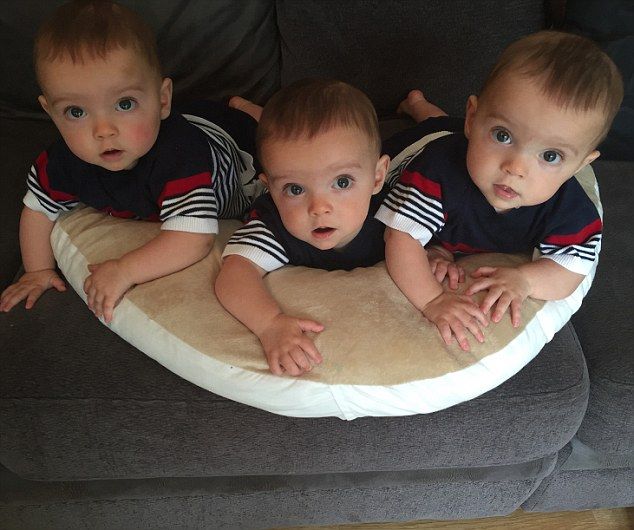 I felt my pre-term labour might not have indicated a problem, but might have been just because there was so little room inside for the babies. In the USA, hospitals are willing to prescribe many drugs to try to stop pre-term labours in multiples pregnancies – I wish they would do that here too.
I felt my pre-term labour might not have indicated a problem, but might have been just because there was so little room inside for the babies. In the USA, hospitals are willing to prescribe many drugs to try to stop pre-term labours in multiples pregnancies – I wish they would do that here too.
I asked the Multiples Consultant about this, and he did agree to give me a second 24 hours of Atosiban (because NICE guidelines say ‘up to 48 hours’), but after that nature would have to take its course. After this I was moved to a different ward. Because of the move, I missed a meal. In the new ward, the contractions started again. I quickly ate a sandwich, aware that I would need my energy, and labour stopped. I then woke up at 5am with a few contractions; I ate two biscuits, and labour stopped again! When I got home, I searched online for this and found that low blood sugar can precipitate labour. So from then on, every time I had contractions, I ate something. When I got up to go to the loo in the middle of the night, I made sure I ate a substantial snack – a banana, a biscuit and a glass of milk.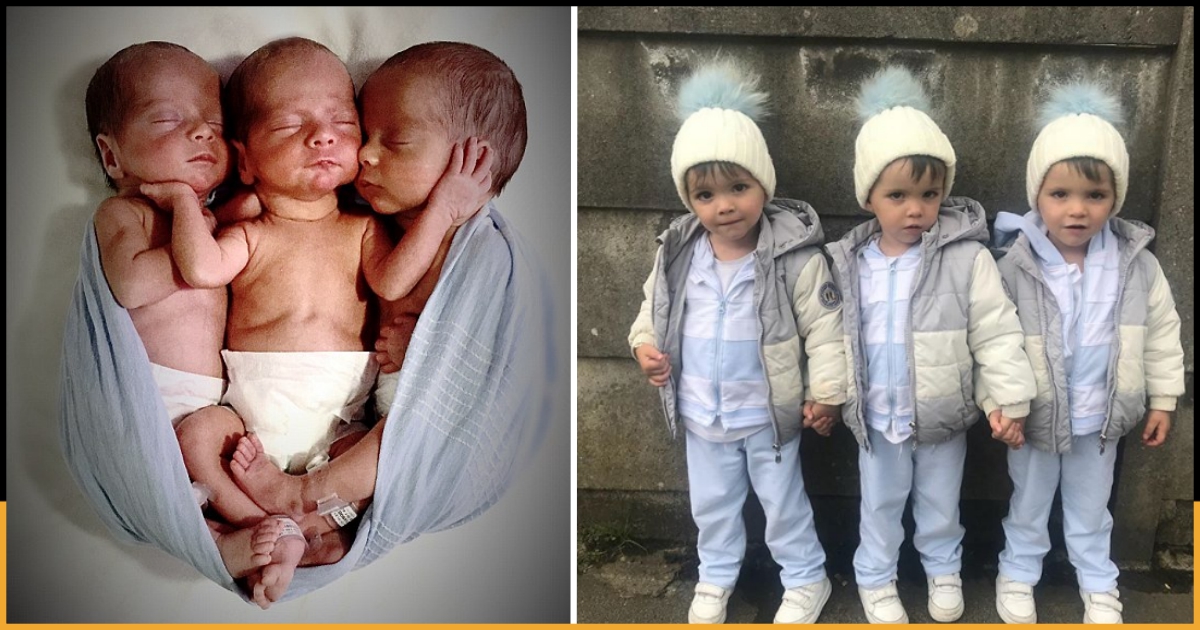 I think this really helped to keep my babies in.
I think this really helped to keep my babies in.
At 32 weeks I had a really horrendous scan. The sonographer tried to make me lie on my back, but by now my tummy was so huge that I couldn’t breathe if I lay on my back. The sonographer was truly awful, really prodding and poking me, and the scan was not just uncomfortable, it was very painful. I was very distressed during the scan and after. My friend who is a doula came with me, and she later described it as an assault. I wished one of us had spoken up during the appointment, not just talked about it afterwards. The scan had shown my babies were in the same position they had been throughout, lined up like three dominos, ready for birth.
I had a really uncomfortable night, and at an appointment with the Multiples Specialist the next day I discovered that my two boys were now transverse. I think the painful prodding was so rough that it had made them move, and with my babies in this position there was less room for them, which made my tummy much more uncomfortable.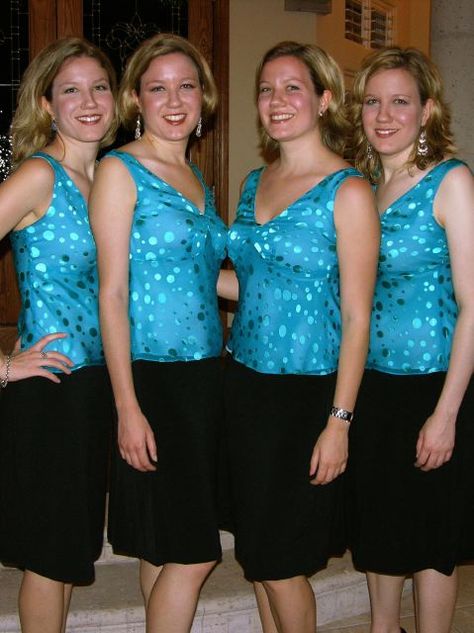
That evening, I had more contractions, and they weren’t going away. At 10pm I realised this was definitely it, and went into hospital in early labour. I arrived at 11pm, at 32 weeks and 2 days pregnant. Everyone writing in my notes kept putting 32+2, though after I had been there an hour I kept saying ‘it’s 32+3 actually’, as it was now after midnight. The extra day felt important to me. Every day matters when your baby is premature.
I had been given pethidine in my first labour and had an awful time. I had also tried gas and air, and didn’t like that, so I just wanted to use water for pain relief (but understood actually giving birth in water would never be recommended because the babies would be premature). As the pool in the Labour Ward is rarely used, I hoped I would be able to use it. However, when I arrived, someone else was in it, much to my disappointment. Someone from NICU then appeared in the room, to give me a presentation about NICU care. This seemed very surreal to me, but it is what they do for all women arriving in premature labour.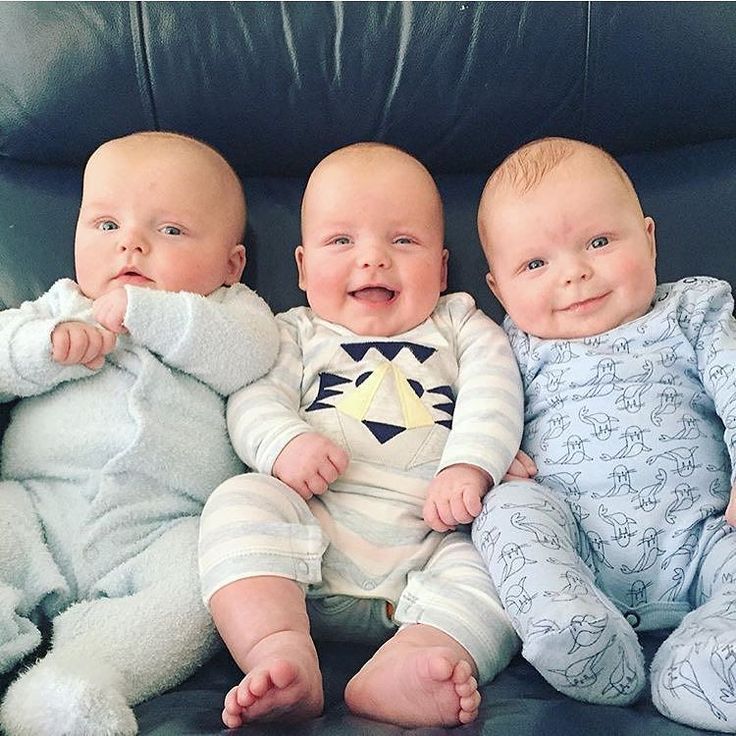 A few days later, I discovered a glossy brochure with pictures of shiny incubators in it, though I have no memory of having been given it. It must be very traumatic for women who were not expecting their babies to need NICU care and whose premature labour was unexpected. At least I had had time before labour to think about it and come to terms with it.
A few days later, I discovered a glossy brochure with pictures of shiny incubators in it, though I have no memory of having been given it. It must be very traumatic for women who were not expecting their babies to need NICU care and whose premature labour was unexpected. At least I had had time before labour to think about it and come to terms with it.
After I had been in hospital an hour, the Head of Midwifery came in. She must have asked to be called when I came in, and she cared for me during my labour. Otherwise I would just have been cared for by the duty obstetrician, who might or might not have had experience of multiple births before. I was glad to see the Head of Midwifery. She cared for me very respectfully.
I tried to find music I wanted, but I couldn’t. Vocalising had helped in my previous labour, but this time it felt like it used up too much energy. I spent most of my labour draped over a beanbag on the bed. The room was dimly lit, and the Head of Midwifery and the Obstetrician were very quiet.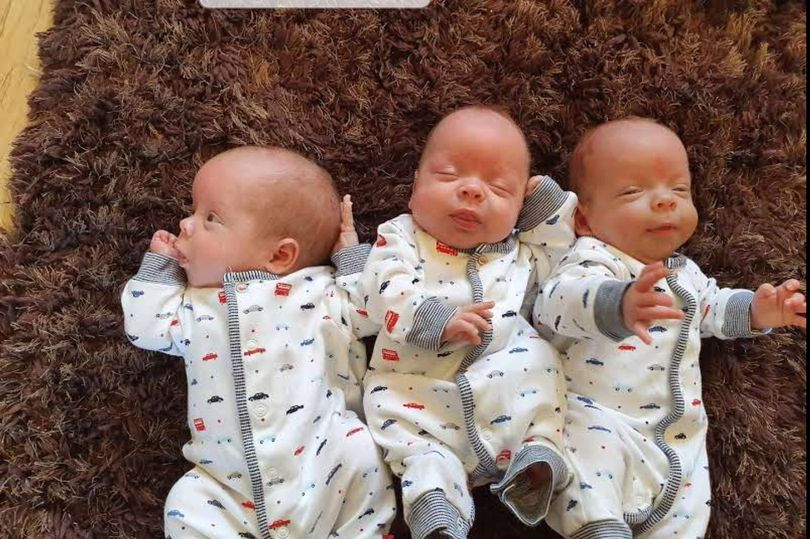 The Head of Midwifery would catch my eye when she thought I was having a contraction, and I would just nod slightly at her, so she didn’t have to ask me, which was wonderful.
The Head of Midwifery would catch my eye when she thought I was having a contraction, and I would just nod slightly at her, so she didn’t have to ask me, which was wonderful.
… three babies, born
Finally, I was told the pool was vacant, cleaned, refilled and waiting for me. That was wonderful news, but as I was being wheeled along the corridor I knew that if I got in, I wouldn’t be getting out. I think I was probably in transition, and I didn’t want to tell them that because I wanted to get in the pool. In the corridor I told my doula ‘I think I need a poo’ and I was suddenly wheeled at high speed into the pool room, as everyone realised I was about to give birth. My daughter, Bee, was born just a few minutes later and was handed to me for just a precious few moments while they let her cord pulse.
If I had had a Caesarean birth, the theatre would have been so full of people – as well as the usual doctors, midwife and anaesthetist for me, there would have been a midwife and a neonatal doctor for each of my three babies, because they would all have been born within minutes of each other. However, because I was giving birth vaginally, only one baby was born at a time. The Head of Midwifery made sure only the midwife and neonatal doctor relevant to the baby currently being born were in the room – the rest waited elsewhere. This kept the number of people in the room to a minimum, and really protected my privacy.
However, because I was giving birth vaginally, only one baby was born at a time. The Head of Midwifery made sure only the midwife and neonatal doctor relevant to the baby currently being born were in the room – the rest waited elsewhere. This kept the number of people in the room to a minimum, and really protected my privacy.
Bee stayed on my chest for a few moments before her cord was clamped and cut, and she was whisked away for checks. I had wanted a longer delay for clamping for my babies, but had agreed to 90 seconds, by which time most of the blood would be transferred. Shortly after this, Bee was taken by the midwife and neonatal doctor to NICU. It felt strange when they took her, even though I had been expecting it.
After Bee was born, labour just seemed to stop. Nothing happened for an hour and a half. I think this was because there was now more room in my uterus, and everything was comfortable again. The waters around my boys were intact, and had I been really in control of all the decisions, I might have liked to just carry on being pregnant with them, until labour restarted by itself.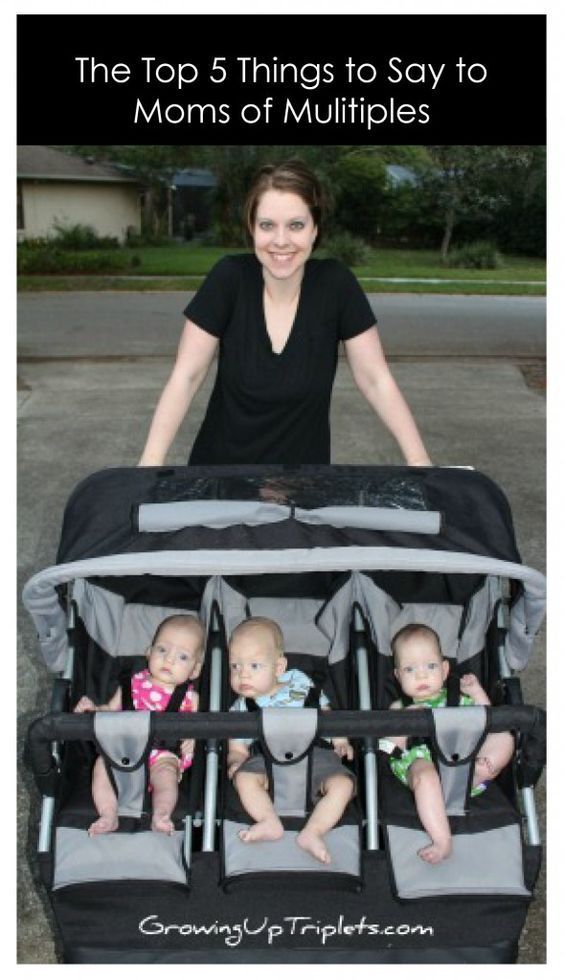 I have read that this has sometimes taken days or even weeks for other people. However, I didn’t feel strongly enough about this to want to debate it then. I was encouraged to move, but contractions didn’t restart. After an hour or so, everyone in the room was glancing at the clock. Eventually the Head of Midwifery suggested breaking my waters. I didn’t really want this, but I trusted her, so I agreed, and it worked. I wouldn’t have changed this decision. The Head of Midwifery then did some internal holding, and the Obstetrician did some external holding, as it was now clear that the second baby was in the right position. The Head of Midwifery then guided me in pushing, which I did need at this point (unlike with Bee, because this time I did not have any natural urge to push). So my son Alexis was born. Again I held him, though on my tummy not chest as his cord was so short. We waited before clamping and cutting the cord, and then he too was taken to NICU.
I have read that this has sometimes taken days or even weeks for other people. However, I didn’t feel strongly enough about this to want to debate it then. I was encouraged to move, but contractions didn’t restart. After an hour or so, everyone in the room was glancing at the clock. Eventually the Head of Midwifery suggested breaking my waters. I didn’t really want this, but I trusted her, so I agreed, and it worked. I wouldn’t have changed this decision. The Head of Midwifery then did some internal holding, and the Obstetrician did some external holding, as it was now clear that the second baby was in the right position. The Head of Midwifery then guided me in pushing, which I did need at this point (unlike with Bee, because this time I did not have any natural urge to push). So my son Alexis was born. Again I held him, though on my tummy not chest as his cord was so short. We waited before clamping and cutting the cord, and then he too was taken to NICU.
Thirty minutes later my third triplet, Lenny, was born, with similar holding and guided pushing.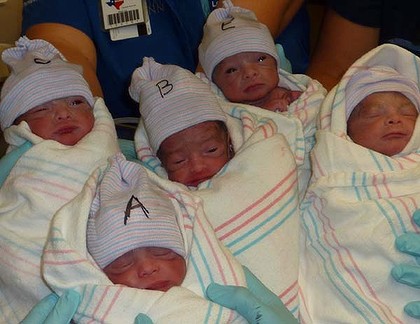 I found this helpful, as my body was a bit like ‘we’ve got the baby out, let’s go to sleep’, not seeming to realise there was still another baby to give birth to. Again, when he was born I held him for a few minutes. My doula managed to take some wonderful (and quite discreet) photos of my babies being born, which I love. The pictures surprise me a little, because everything is so brightly lit. My memory of the birth is that everything was quite dark and dim, but maybe that is because my eyes were mostly closed.
I found this helpful, as my body was a bit like ‘we’ve got the baby out, let’s go to sleep’, not seeming to realise there was still another baby to give birth to. Again, when he was born I held him for a few minutes. My doula managed to take some wonderful (and quite discreet) photos of my babies being born, which I love. The pictures surprise me a little, because everything is so brightly lit. My memory of the birth is that everything was quite dark and dim, but maybe that is because my eyes were mostly closed.
Although I had had physiological third stages for my previous births, I had agreed to Syntometrine to deliver the placenta to minimise bleeding, which seemed reasonable to me. Everyone else in the room was fascinated by this giant fused triple placenta! It weighed the same amount as one whole baby.
When all my babies had been taken away, and the placenta had been examined, they said I might as well get into the pool. It was lovely wallowing in such a huge bath after giving birth, and I felt euphoric … but strange, because my babies had disappeared.
NICU
As I tried to get back out of the pool, I had a weird sensation of not being able to breathe, as if all my body was suddenly too heavy. That was odd. On the postnatal ward I couldn’t sit up or stand for more than five minutes without finding breathing difficult. I was having to be wheeled across to NICU in a wheelchair because I couldn’t walk far. The midwives didn’t know why, didn’t take it seriously, and looked at me quite oddly when I said I needed to use a wheelchair. One of the other mums I met had brought a corset in, because she said that she had had severe diastasis recti before. This is when the stomach muscles have separated so much that for a while after birth they simply don’t hold your organs properly in the right place. The mum described it to me as your diaphragm not holding everything in, so it falls out of the bottom of your tummy. This was exactly what it felt like was happening to me! The midwives on the ward didn’t seem to have heard of this, but they did send a physio to see me.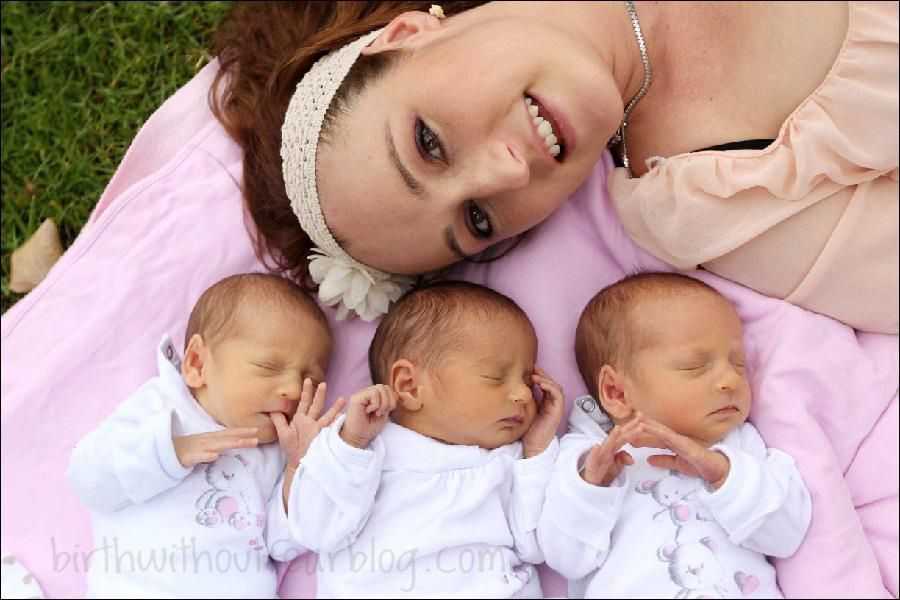 The physio made a corset out of a double layer of their largest Tubigrip, and immediately I could breathe, sit up, and walk again with ease.
The physio made a corset out of a double layer of their largest Tubigrip, and immediately I could breathe, sit up, and walk again with ease.
My birth had been a great experience, but NICU was sadly not. The plan the Head of Midwifery had put in place to reserve donor milk for my triplets was overruled by the NICU paediatrician, on the grounds that my babies were not premature enough to qualify for it, and they had already used most of the Milk Bank milk that the Head of Midwifery had understood was reserved for my babies. I was trying to express colostrum, but apart from an initial few drops there was literally nothing at all for about five days. My babies needed milk. The paediatrician suggested pre-term formula, but I was very reluctant. I wanted to use donor milk from my friends, if the Milk Bank milk wasn’t available to them, but the paediatrician said the hospital would not allow this. Eventually they agreed to allow Milk Bank milk to be used for one week, while the issue was debated and resolved.![]()
The Head of Midwifery and one of the neonatologists eventually came up with a plan. They would agree to my babies having one milk donor, as long as she was screened by the hospital, and came to express at the hospital under their controlled conditions. Her milk and my milk could be given to my babies whilst they were in NICU. When I took my babies home, I could feed them however I chose, so I could then use my donor milk for them without the hospital feeling liable. I was extremely lucky to know one good friend who had such oversupply that she was able to express an extra litre per day in addition to feeding her own baby, and she happened to live very close to the hospital.
And home
In the end, my babies had no formula. I found donors amongst friends and via Human Milk for Human Babies. They had only human milk for around eight months. I am so grateful to the women who donated their milk to my babies. By the time they were a few weeks old, they were needing an extra 1. 5 litres of milk per day in addition to mine. I fed them myself as frequently as I could, sometimes almost constantly rotating them, tandem-feeding two at the same time as bottle-feeding the third.
5 litres of milk per day in addition to mine. I fed them myself as frequently as I could, sometimes almost constantly rotating them, tandem-feeding two at the same time as bottle-feeding the third.
When you register the birth of multiple babies, they record their times of birth, not just the date, so that it is recorded who is the oldest. Here is my babies’ birth information for you:
|
Time of birth |
Apgar scores |
Weight |
|
|
Beatrix (Bee) |
5.34am |
8 9 8 |
3lb 14.5oz |
|
Alexis |
7.16am |
9 10 - |
4lb 5oz |
|
Valentin (Lenny) |
7. |
8 9 10 |
4lb 3oz |
From left to right: Beatrix, Valentin and Alexis at three months old:
With thanks to Mari Greenfield for her contribution to the writing of this article.
AIMS supports all maternity service users to navigate the system as it exists, and campaigns for a system which truly meets the needs of all.
The AIMS Journal spearheads discussions about change and development in the maternity services. From the beginning of 2018, the journal has been published online and is freely available to anyone with an interest in pregnancy and birth issues. Membership of AIMS continues to support and fund our ability to create the online journal, as well as supporting our other work, including campaigning and our Helpline. To contact the editors, please email: [email protected]
Pregnant With Triplets? What You Should Know
Written by WebMD Editorial Contributors
In this Article
- What Causes Triplet Pregnancies?
- Risks Associated With Triplet Pregnancies
- What Triplet Pregnancies Are Like for the Mother
Many women look forward to becoming pregnant and starting or growing their family. Most of the time, you don’t expect to see three tiny fetuses on your ultrasound. But if you do, here’s what you need to know about triplet pregnancy.
Most of the time, you don’t expect to see three tiny fetuses on your ultrasound. But if you do, here’s what you need to know about triplet pregnancy.
What Causes Triplet Pregnancies?
If you’re pregnant with more than one baby, it is often referred to as multiples. Pregnancies of more than one child represent approximately three in 100 births. If more than one egg is fertilized and implants in the uterus, your multiples are fraternal. If one egg is fertilized and splits before implanting in the uterine lining, you have identical multiples. In triplets — or any multiples more than two — the siblings can be all fraternal, all identical, or a combination of both.
There are several factors that increase your chances of being pregnant with more than one baby:
- Heredity. If you have a family history of multiple babies during pregnancy, it’s more likely that you will have twins or triplets.
- Age. If you’re older than 30, there’s a greater chance you’ll have multiples.

- Previous pregnancies. If you’ve been pregnant at least once before, you’re more likely to have a multiple pregnancy your second or third time. This is especially true if you previously gave birth to twins or triplets.
- Race. African American women are more likely than any other race to have a multiple pregnancy. Asian and Native American women are the least likely. White women who are older than 35 have the highest rate of multiple births that are more than twins (triplets, quadruplets, etc.).
- Ovulation-stimulation medicine. Medications like clomiphene citrate and follicle-stimulating hormone (FSH) help your body produce eggs. These are often used for low fertility but can lead to a triplet pregnancy if multiple eggs are released and fertilized.
- In vitro fertilization (IVF). This and other similar treatments help parents get pregnant by fertilizing eggs in a lab and then returning them to the uterus to grow.
 IVF pregnancies are more likely to produce multiples than natural pregnancies.
IVF pregnancies are more likely to produce multiples than natural pregnancies.
Risks Associated With Triplet Pregnancies
Premature birth. The greatest risk in carrying triplets is your babies being born prematurely. In fact, 60% of all multiple pregnancies occur before 37 weeks of gestation. The average gestation for a triplet pregnancy is even lower, at 32 weeks.
Delivery. Many triplet pregnancies end in a cesarean section for the safety of the babies and the mother. The probability of a vaginal delivery depends on:
- Size of each baby
- Positions of the babies
- Health of the babies
- Size and shape of the mother’s pelvis
During pregnancy, it is important to be aware of the signs of premature labor:
- Pelvic pressure
- Lower back pain
- Significant vaginal discharge
- Change in frequency or intensity of contractions
If you suspect you are experiencing premature labor, contact your doctor immediately.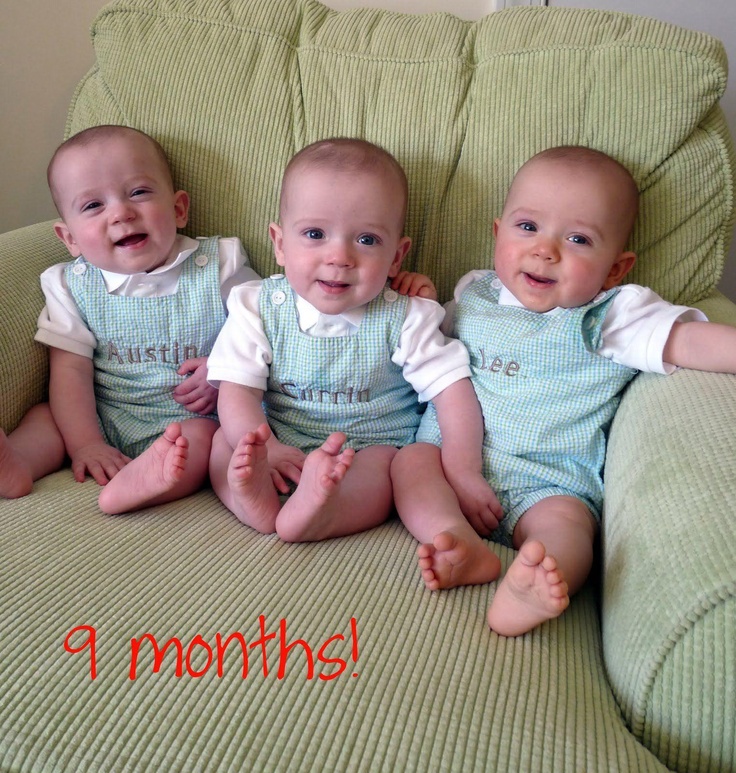 If caught early enough, the labor can be stopped so your babies have longer to grow.
If caught early enough, the labor can be stopped so your babies have longer to grow.
Placenta. The placenta is an organ that attaches to the wall of the uterus and transfers blood, oxygen, and nutrition from mother to baby through the umbilical cord. When a placenta supports more than one baby, it ages faster, limiting your babies’ growth potential.
The placenta may also provide imbalanced nutrients to each baby, causing one to grow larger while another remains smaller.
Preeclampsia.Preeclampsia is a dangerous condition when your blood pressure gets too high during pregnancy, putting you at risk for seizures. You’re at a much higher risk for preeclampsia with triplets. Symptoms of preeclampsia include:
- High blood pressure
- Protein in urine
- Swelling in the legs, hands, face, and sometimes the entire body
- Headaches
- Changes in vision
- Nausea and abdominal pain
- Trouble breathing
Diabetes. Gestational diabetes is very common in women with triplet pregnancies. However, it is also common in pregnancies of only one baby, so it is well known and easy to manage.
Gestational diabetes is very common in women with triplet pregnancies. However, it is also common in pregnancies of only one baby, so it is well known and easy to manage.
Newborn complications. The average weight at birth for triplets is just under 4 pounds. Approximately 20% of triplet pregnancies result in one child having a life-long handicap of some sort. Preterm delivery means an increased risk that your baby’s lungs, eyes, brain, circulatory system, and intestinal system are not fully developed yet.
It is likely that your babies will require a stay in the neonatal intensive care unit (NICU) where any complications will be treated, and they can thrive and grow.
What Triplet Pregnancies Are Like for the Mother
Due to the greater risks associated with pregnancy with triplets, you will need more medical care during your pregnancy. Even if everything goes well, you should still be seeing your doctor more often to check for issues with your babies.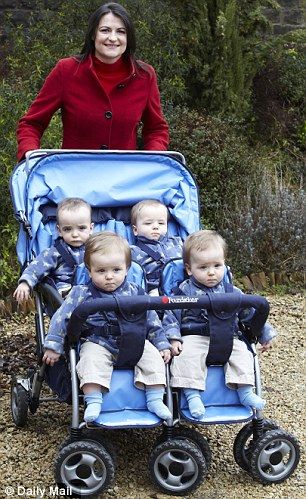
You are more likely to experience common pregnancy symptoms like reflux, hemorrhoids, constipation, back pain, and varicose veins. You will also grow bigger more quickly, which may mean you need supplements or a specific nutrition plan. Talk to your doctor to create a plan for your triplet pregnancy.
Stroller for twins or triplets Joovy Big Caboose
Description and characteristics Reviews 10 Photos Recommended Similar products
| Item number | 2213 |
|---|---|
| Manufacturer | Joovy (USA) |
| Age group | 6 - 36 months |
| stroller type | for twins |
| Chassis Width | 55 cm |
| swivel wheels | Yes |
| Number of wheels | 6 |
| wheels | rubber |
| Adjustable footrest | Yes |
| Equipment | bumper (handrail), shopping cart |
The Joovy Big Caboose stroller for twins or triplets is a comfortable and stylish, very functional model that allows you to walk with two or even three children at the same time!
The Juvie Big Caboose is designed for two or even three children (rear seat sold separately) from 6 months.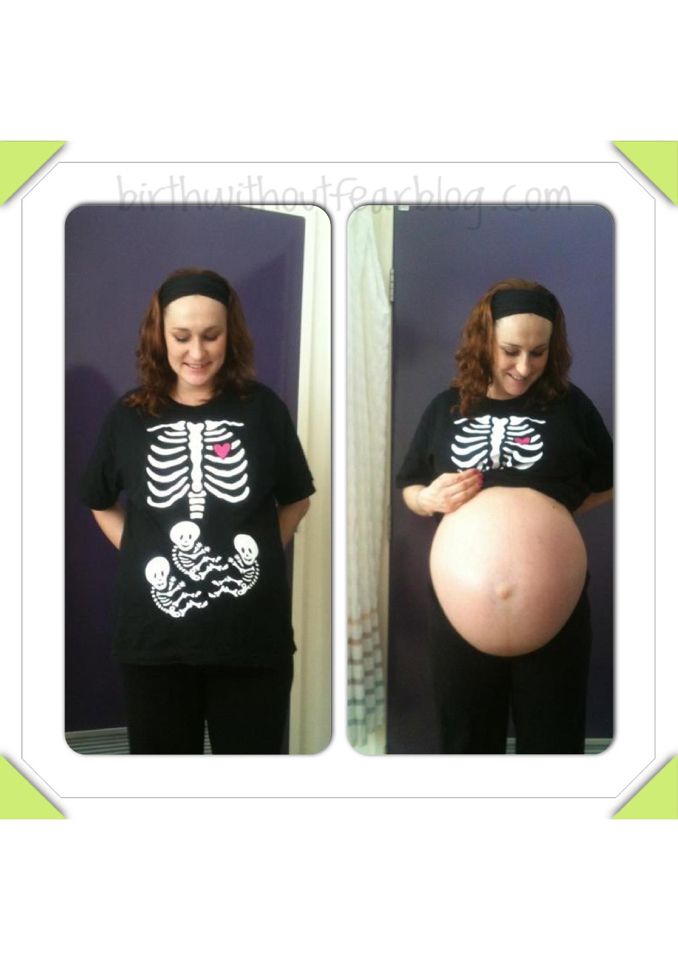 The front 2 seats have 2 backrest angles. Reflective elements on strollers will ensure safety and visibility for vehicles on the roads at night.
The front 2 seats have 2 backrest angles. Reflective elements on strollers will ensure safety and visibility for vehicles on the roads at night.
Stroller:
- stroller for two or three children from 6 months and weighing up to 20 kg.
- front seat with two backrest angles up to 130 degrees
- High quality fabric with reflective elements for safe movement in the dark
- removable tables with cup holders
- two detachable sun and wind hoods
- rear seat (third place) designed for older children
- two-level adjustable footrest
- maximum child weight (first and second seat): 18kg
- maximum child weight (rear seat): 20kg
- Minimum child age (1st and 2nd seat): 6 months
- Minimum child age (rear seat): 2.5 years
- maximum child height (1st and 2nd seat): 102cm
- maximum child height (rear seat): 112 cm
Handle:
- Ergonomically shaped comfortable handle
Wheels:
- double front wheels
- the possibility of fixing the front wheels
- wheel material - plastic
- foot brake
Chassis:
- possibility of installing car seats
- universal car seat adapter
- shock-absorbing suspension on the front wheels to absorb bumps in the road
- large basket with elastic sides
General dimensions:
in unfolded form (DHSHHV) 112x55x140 cm
in folded form (DHSHHV) 36x555x160 cm
: 17 kg
triplets in the category "Building" in Akhtyr
Street 3 20x30 cm Black
In stock
Delivery across Ukraine
100 UAH
Buy
Baby-Secury
Shahs Trinі 47 cm
in warehouse
Delivery in Ukraine
9000 2 200 UAH2 270 UAH
Shahi.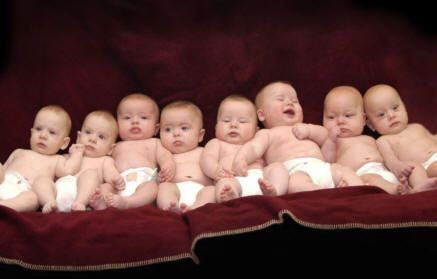 UCH
UCH
Hills and Baggagnes 1102, 1103,1105 (2 metal keys) (triple) Tolyatti
Delivery from Kiev
1105 (2 plastic keys) in a blister (triple)
Delivery from Kiev
327.43 UAH
Buy
Wholesale store-warehouse of auto parts "Olymp Auto"
Lock cylinders 1102/1103/1105 Package
Delivery in Ukraine
370 UAH
Buy
Auto -Detail
Shahs Trinі 28 cm
Under order
Delivery
1 430 UAH
UAH 9000
Mastertool hacksaw - 450 mm 7T х 1" х 3D (triple sharpening) 1 pc. service
Door and trunk larvae 1102, 1103,1105 (2 square metal keys) (triplets) Ukraine
Delivery from Kiev
Hacksaw for wood Mastertool - 450 mm 7T x 1" x 3D (triple sharpening) (14-2045) 9Ol000 Delivery across Ukraine
20 UAH
Buy
Lock cylinders Tavria, Slavuta (3 pcs) triplets 1102-6105410/11 AvtoZAZ (DP-skl)
In stock
Delivery across Ukraine
487.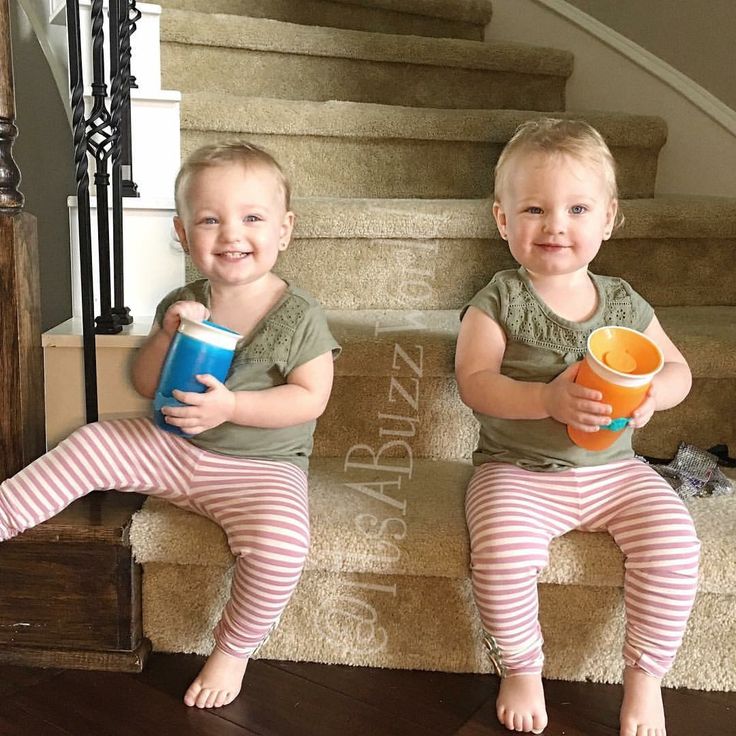 46 UAH/Set
46 UAH/Set
Buy
DNIPROSPENIS
Khockswood MasterTool - 450 mm 7t x 1 "x 3D)
Delivery in Ukraine
323 - 356 UAH
of 5 sellers
323 UAH
Buy
All for home
Larvae-Trine door locks ZAZ 1102-1105 Tavria Dan
Delivery in Ukraine
390 UAH/Set
Buy
Zapzapchast.com.ua online store of auto parts 9Ol000 irrigation)
Delivery from Kharkiv
UAH 20
Buy
Domus online store
See also
CONNECTION FOR PIPE R-2DX TRIPLE RIGHT, used
Delivery from Ivano-Frankivsk
26 UAH
Buy
Instrumentos.in.ua online store
CONNECTION FOR PIPE R-44 TRIPLE used
Ivano-Frankivsk Delivery from Ivano-Frankivsk
hryvnia
Buy
Instrumentos.in.ua online store
Gachki Triyni Owner (ST-36RD) 5636-053 No. 02 6 pcs. red
In stock in Lvov
Delivery across Ukraine
for 206 UAH
from 2 sellers
206 UAH
Buy
Lake UA
Triple Owner (ST-36RD) 5636-053 No.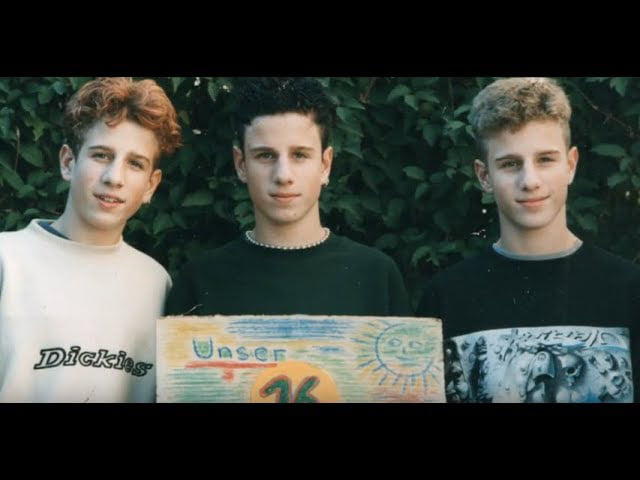 04 7 pcs. RED
04 7 pcs. RED
in warehouse
Delivery in Ukraine
to 206 UAH
from 2 sellers
206 UAH
Buy
Lake UA
Gachi Triyni Owner (ST-36RD) 5636-053 No.06 8pcs. red
In stock
Delivery across Ukraine
for 206 UAH
from 2 sellers
206 UAH
Buy
Lake UA
Triple EOS Gacks 100 pcs. №8 Zhovtiy
In stock
Delivery across Ukraine
for 300 UAH
from 2 sellers
300 UAH
Buy
Lake UA
pcs. No. 9 ZhovtiyaIn warehouse
Delivery in Ukraine
to 300 UAH
from 2 sellers
300 UAH
Buy
Lake UA
Tavris locks (3 pcs) Troini 1102-6105411 Autozes 9Ol000 3 runes (triple weaving paracord)
Delivery across Ukraine
950 UAH
Buy
"XeniuM" - online store of exotic goods
Silver ring "Circulation" (triple) 112554 9Ol000
Trade and installation company Bigbud
Gachki Trinі Globe 30 pcs.
 47am
47am

